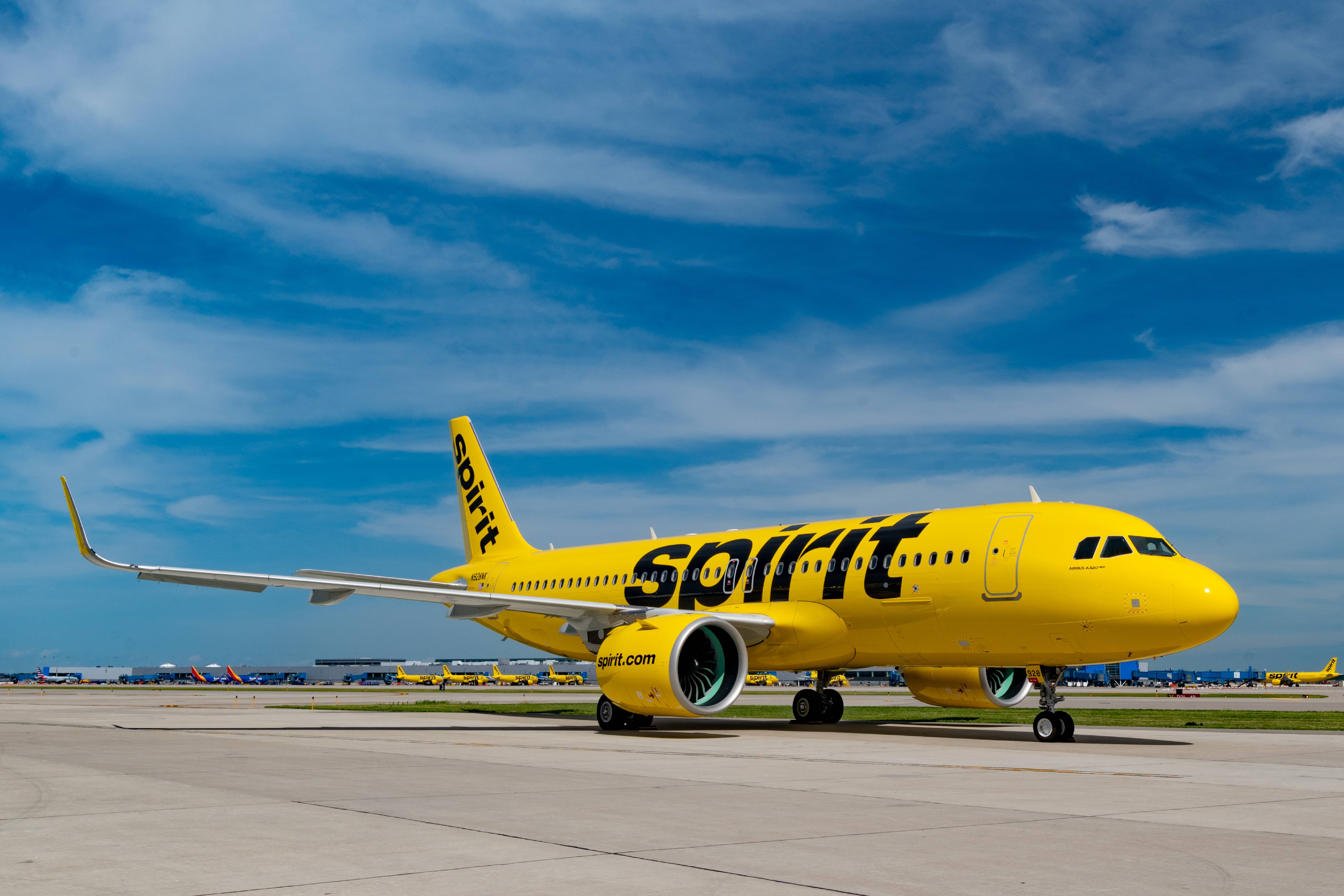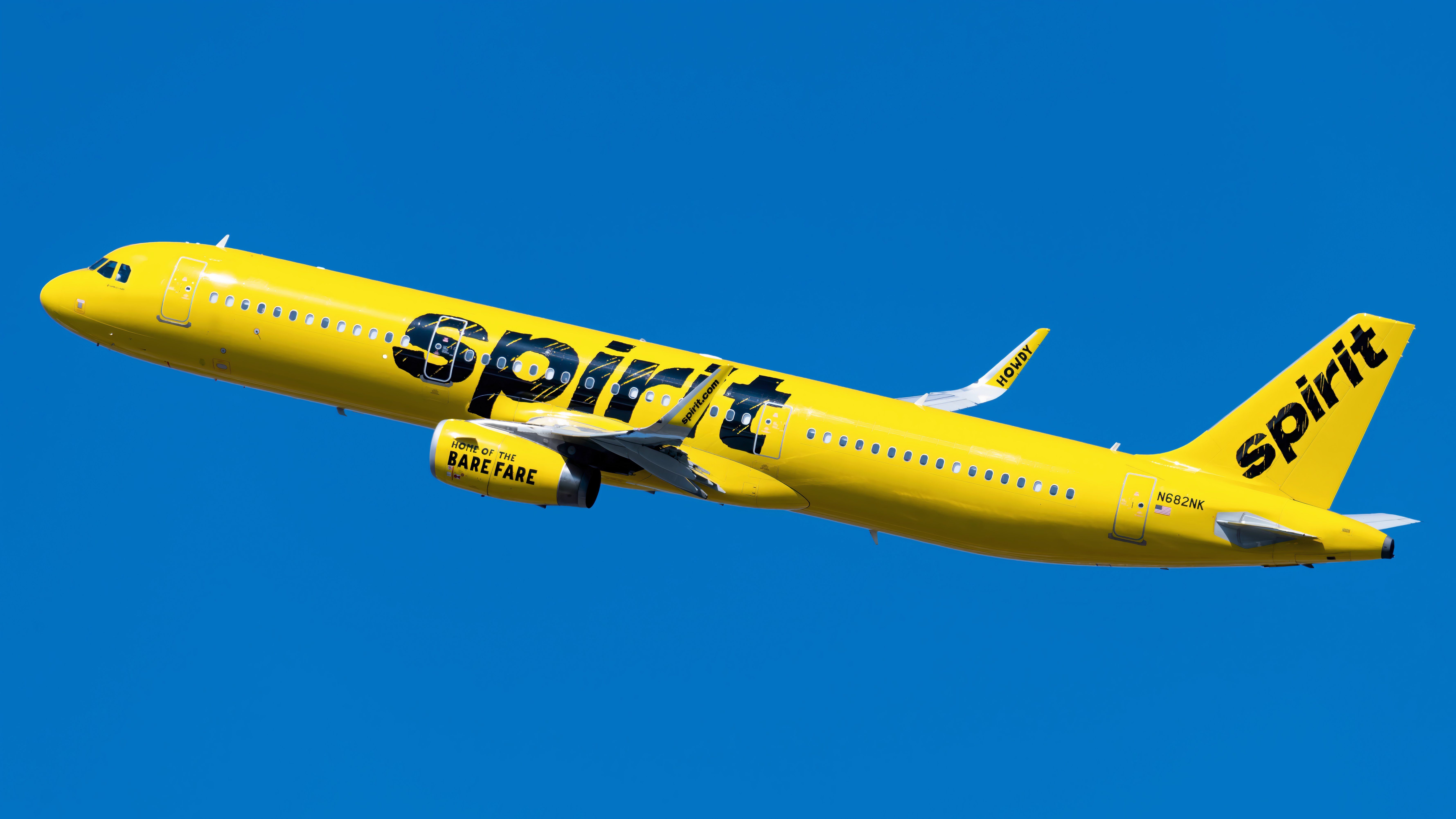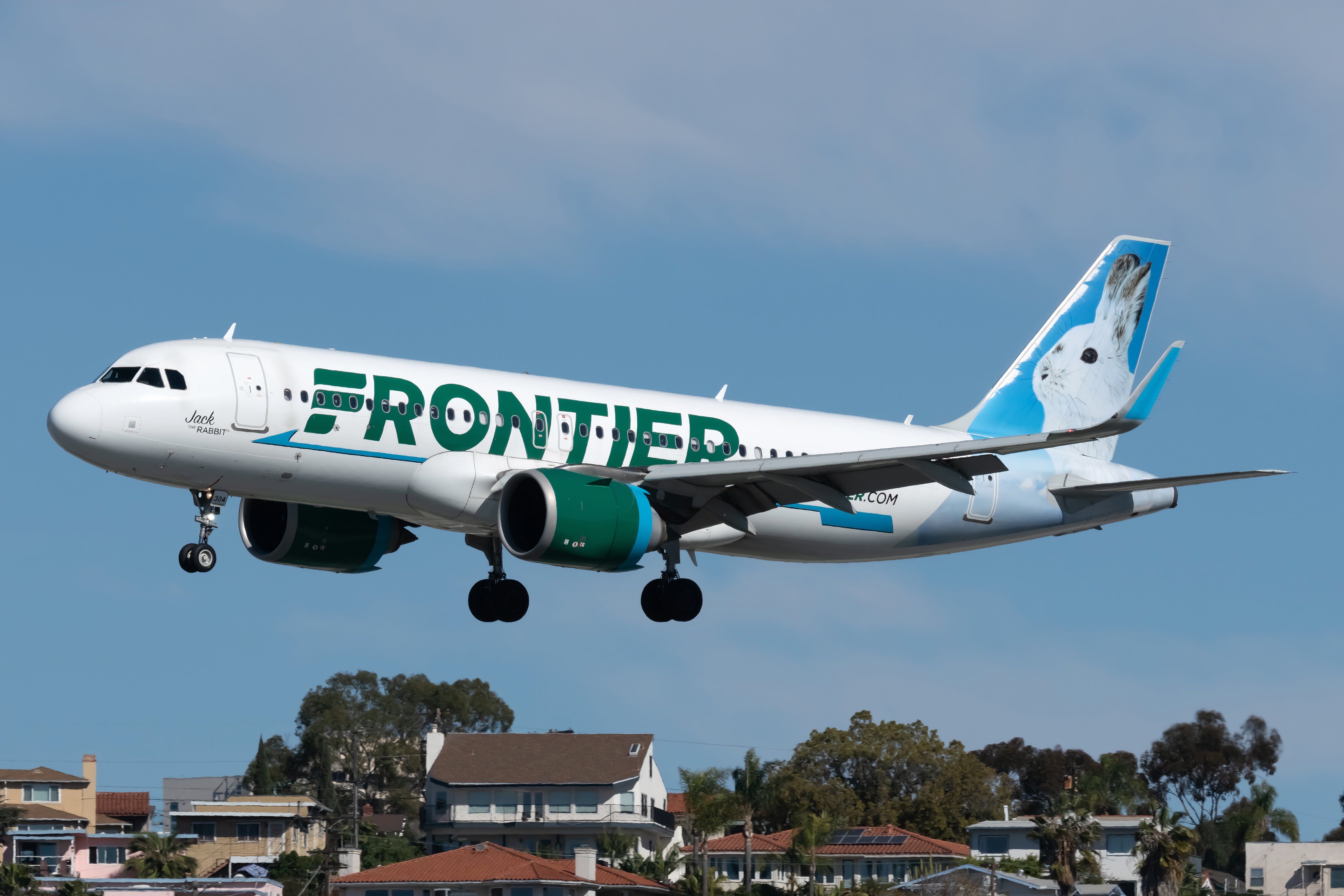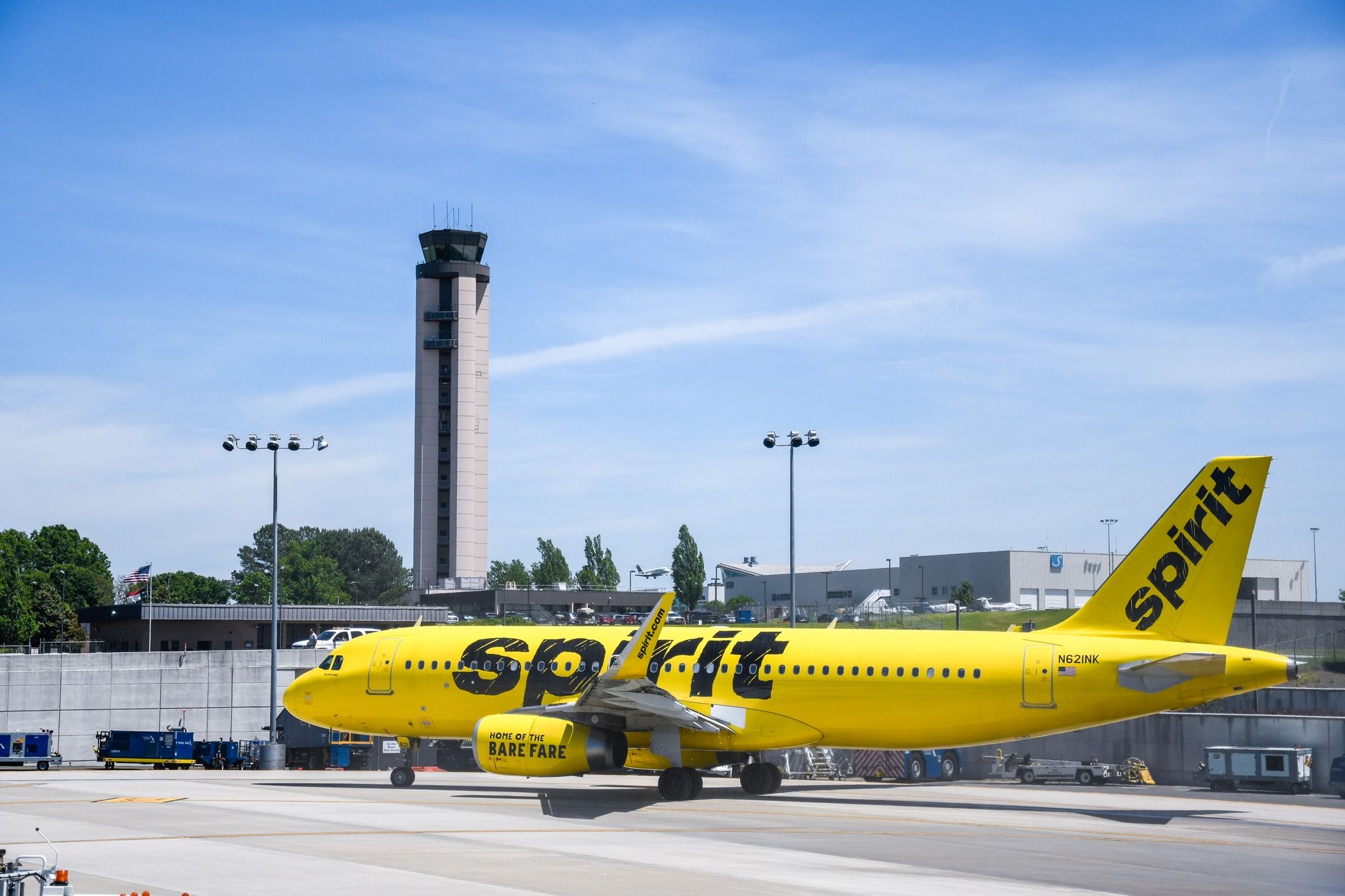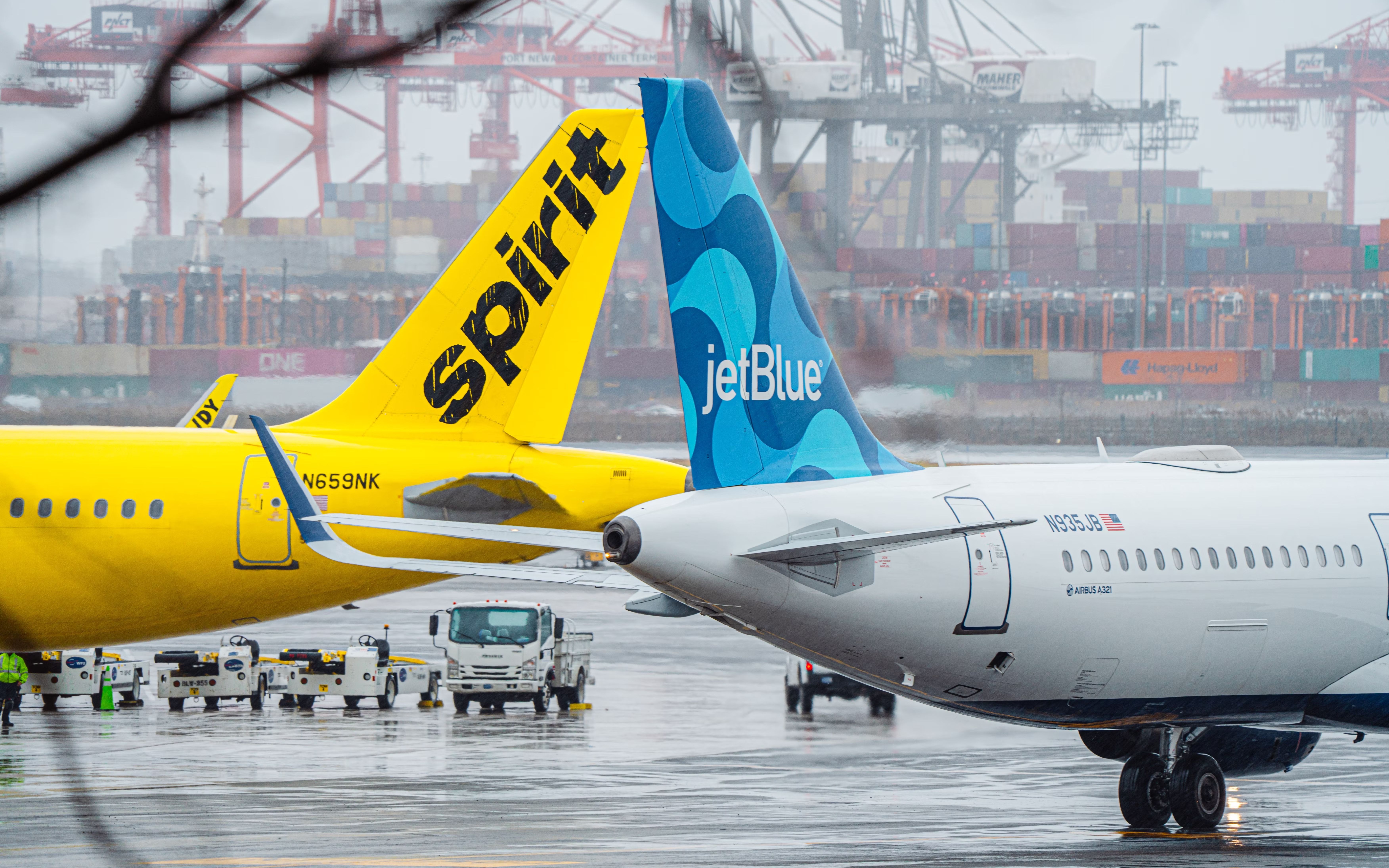Frontier Airlines
and Spirit Airlines have engaged in a preliminary round of talks to attempt a potential merger once again.
Early merger talks
The Wall Street Journal (WSJ) reported that Frontier Airlines and Spirit Airlines
have been in early discussions about a potential merger between the two.
However, the publication, citing people familiar with the matter, said that the talks were still in their infancy and could lead nowhere.
Photo: Spirit Airlines
If a deal does happen, it could be part of Spirit Airlines’ debt restructuring processes, which could occur under Chapter 11 bankruptcy protection.
A previous WSJ report quoted people familiar with the matter who said that the ultra-low-cost carrier has been exploring whether to file for the bankruptcy protection process, which would enable it to restructure its debt and still continue operations.
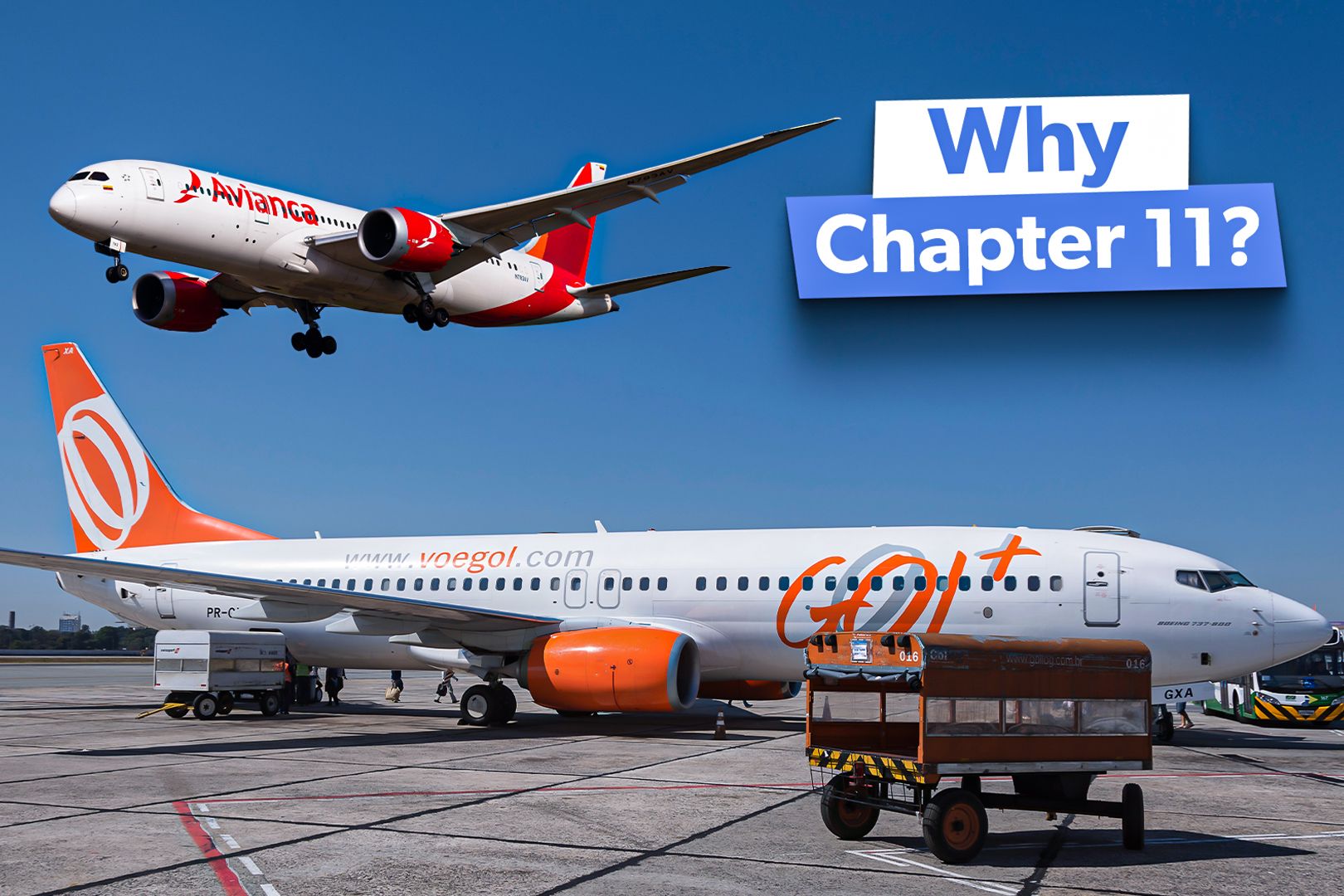
Related
Examined: Why Airlines Choose Chapter 11 Bankruptcy Proceedings When Restructuring
Restructuring is a normal activity in most businesses who are facing financial woes. But why do some airlines choose chapter 11? Let’s find out.
Discussions with creditors
In a United States Securities and Exchange Commission (SEC) filing on October 18, Spirit Airlines reiterated that it has remained in active discussions with holders of its senior secured notes and convertible senior notes due in 2025 and 2026, respectively.
The discussions were related to the maturity dates of the two notes, which would force the airline to pay its debt to the bondholders.
“Consistent with its previously provided guidance, the Company expects to end the year 2024 with over $1.0 billion of liquidity, including unrestricted cash and cash equivalents, short-term investment securities, and additional liquidity initiatives, assuming that the Company is able to close those initiatives that are currently in process.”
The same SEC filing detailed that Spirit Airlines had extended the early maturity date from December 31, 2024, to March 3, 2025, as well as pushing back the extension deadline to December 23, 2024.
Photo: Vincenzo Pace | Simple Flying
In addition, the airline said that it had withdrawn all of the $300 million available under a revolving credit facility it entered into in March 2020. The credit facility will mature on September 30, 2026, unless the senior notes due in 2025 and 2026 are not extended or refinanced. In that case, the maturity would be shortened to either June 21, 2025 or February 13, 2026.
As of June 30, Spirit Airlines had $845.3 million of cash, cash equivalents, and restricted cash, with the airline reporting a net decrease in cash of $139.2 million during Q2.
The carrier began 2024 with cash reserves of $984.6 million, a $481.1 million net decrease compared to the start of 2023.
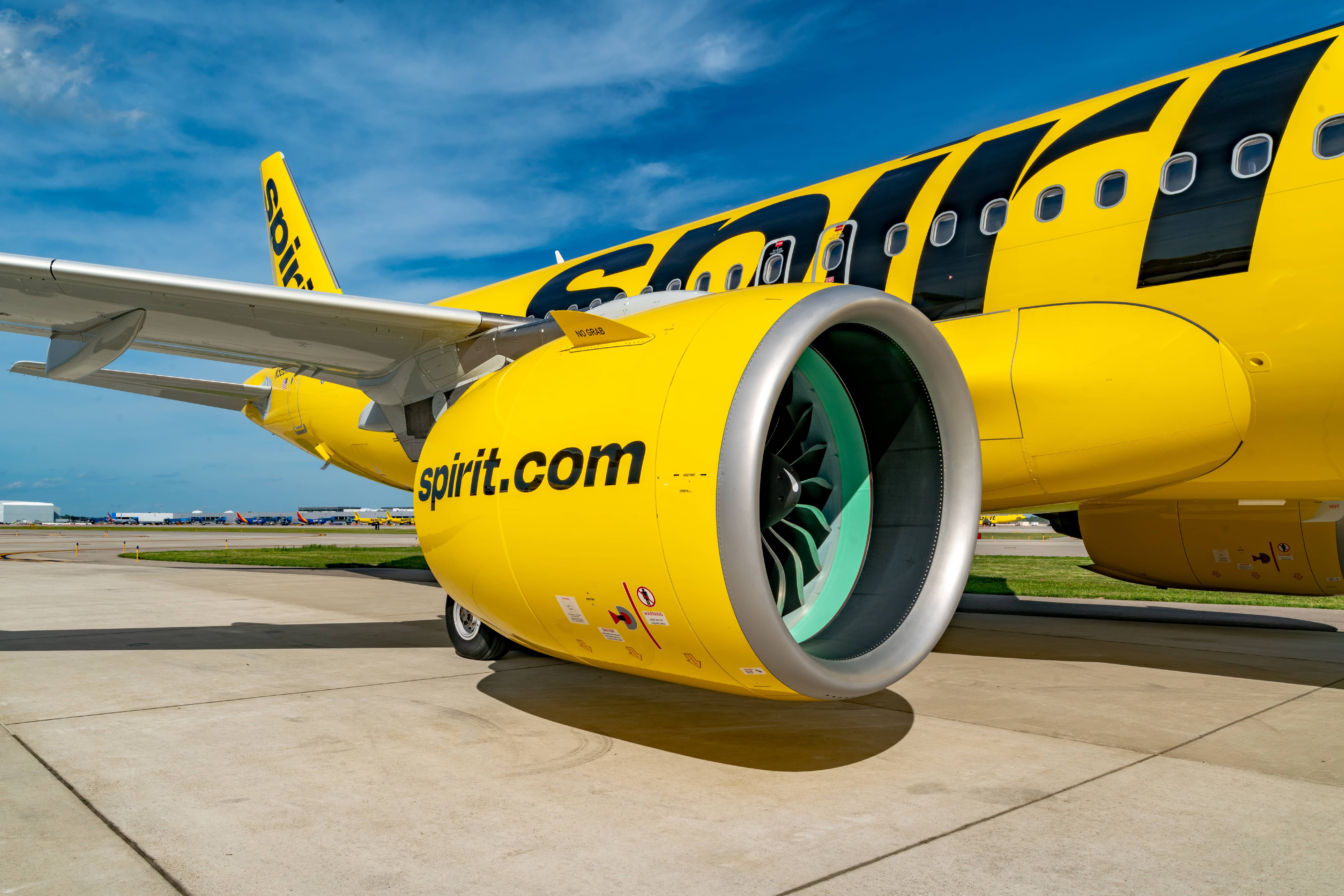
Related
Spirit Airlines Pushes Back $1 Billion Debt Refinancing Deadline
The move is a win for the ailing airline, whose shares are down more than 90%.
Struggling in a challenging competitive environment
However, Frontier Airlines has also been struggling. The airline ended Q2 with $658 million in cash, which, unlike in Spirit Airlines’ case, was an increase compared to the start of the quarter.
Still, the two carriers have been facing a difficult operating environment, with passengers moving toward more premium – and more reliable – options, including the big three mainline airlines, ![]() American Airlines
American Airlines
, ![]() Delta Air Lines
Delta Air Lines
, and ![]() United Airlines
United Airlines
.
In Q2, Frontier Airlines total revenue was flat (1%) year-on-year (YoY), while Spirit Airlines’ revenue decreased 10.6% YoY, with the latter ending the period with an operating loss ($152.2 million) and a net loss of $192.9 million.
Photo: Vincenzo Pace | Simple Flying
While Frontier Airlines ended the period with an operating and net profit, the airline recognizes sale-and-leaseback (SLB) transactions differently, allowing the airline to reduce its costs by the magic of accounting wizardry.
“The decrease in CASM [cost per available seat mile – ed. note] (excluding fuel) on increased ASMs [available seat miles – ed. note] of 13% and 10% for the three and six months ended June 30, 2024, respectively, as compared to the corresponding prior year periods, was due to an increase in sale-leaseback gains compared to the corresponding prior year periods […].”
Frontier Airlines and Spirit Airlines’ chief executive officers (CEO) have expressed frustrations with a market that has not favored them. Barry Biffle, the CEO of the former, remarked about overcapacity in the domestic market when the airline presented its Q2 results.
Ted Christie, the president and CEO of the latter, said that while summer demand had been robust, “significant industry capacity increases together with ancillary pricing changes in the competitive environment have made it difficult to increase yields, resulting in disappointing revenue results for the second quarter of 2024.”
Both airlines have announced initiatives to present more premium options to their customers, with the carriers’ executives hoping that this would improve their competitive position in the US.
Biffle stated that with the maturity of its new revenue initiatives – which negatively impacted its revenue per ASM (RASM) in Q2 – and its pre-existing cost advantage, Frontier Airlines should “be the clear low-cost winner in 2025 and beyond.”
Photo: Raleigh–Durham International Airport
Christie was hopeful that with the new revenue initiatives, which included new travel options (bookable from August 16) and new guest experience (launched on August 27), the airline was on the right path to redefine low-fare travel with new options for travelers to choose an elevated travel experience at an affordable price.
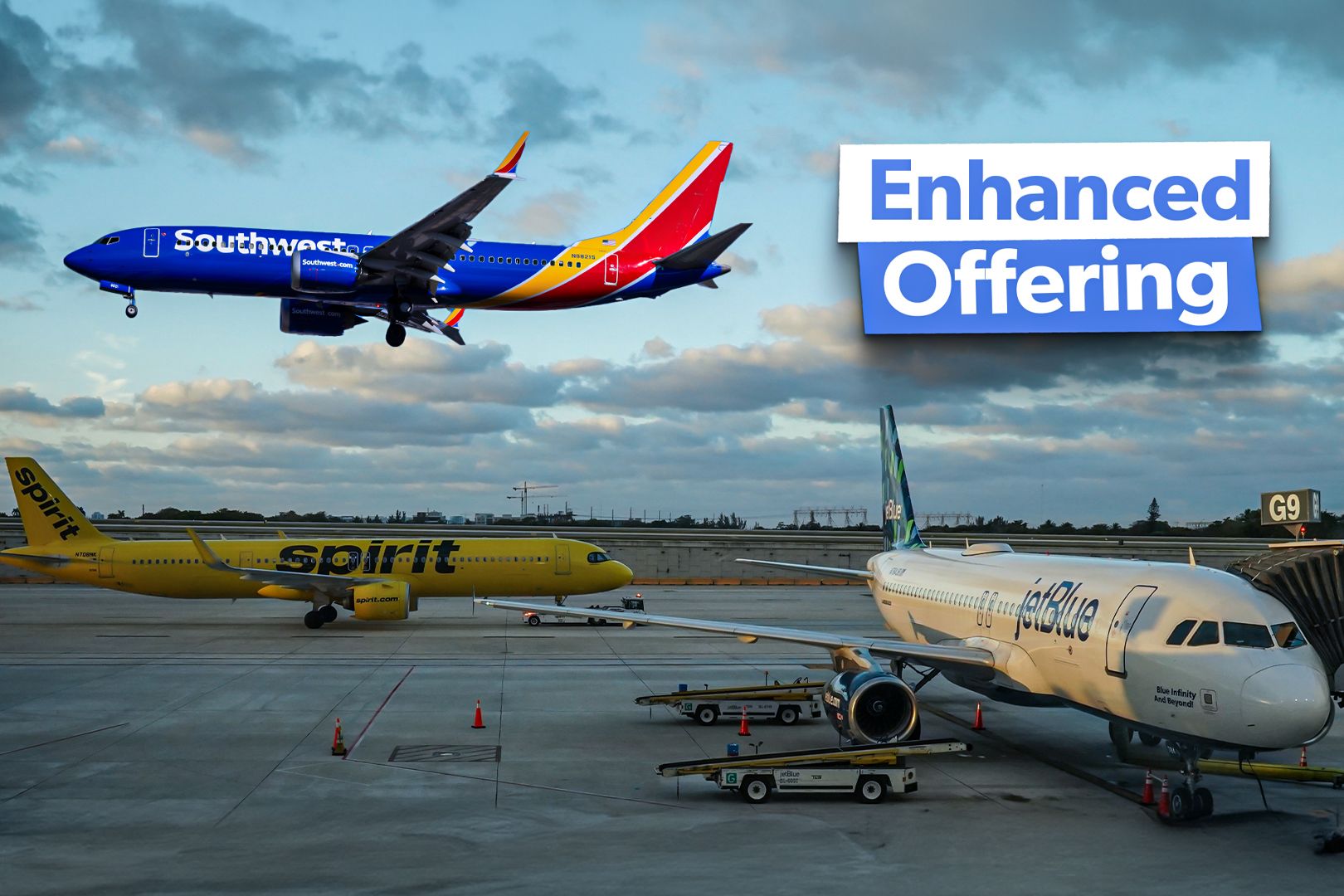
Related
Examined: Why Are US-Based Low-Cost Carriers Introducing Premium Options In Their Cabins?
These changes have come as cost pressures have resulted in worsening financial performance among the US-based low-cost carriers.
Better regulatory case?
Frontier Airlines and Spirit Airlines also had a deal in place for the former to absorb the latter in February 2022. However, when JetBlue swooped in with an improved cash offer that it presented to Spirit Airlines’ shareholders, they chose to align themselves with JetBlue
.
Several US states and the Department of Justice (DOJ) sued the merger in March 2023. When William Young, the district judge at the US District Court for the District of Massachusetts, blocked the merger in January, he said that he had made his decision based on the fear that customers who benefit from Spirit Airlines’ low-fare model would likely be harmed.
“Worse yet, the merger would likely incentivize JetBlue further to abandon its roots as a maverick, low-cost carrier.”
Photo: Lukas Souza | Simple Flying
In Q2, Frontier Airlines, Spirit Airlines, and JetBlue averaged $109.25, $108.46, and $218.27 of total revenue per passenger, respectively. The latter airline has itemized it as the average fare in its Q2 report.
Latest data from the Bureau of Transportation Statistics (BTS) showed that as of July, a combined JetBlue and Spirit Airlines entity would have a market share of 9.9%, while Frontier Airlines absorbing Spirit Airlines would create an airline with a market share of 8.7%.
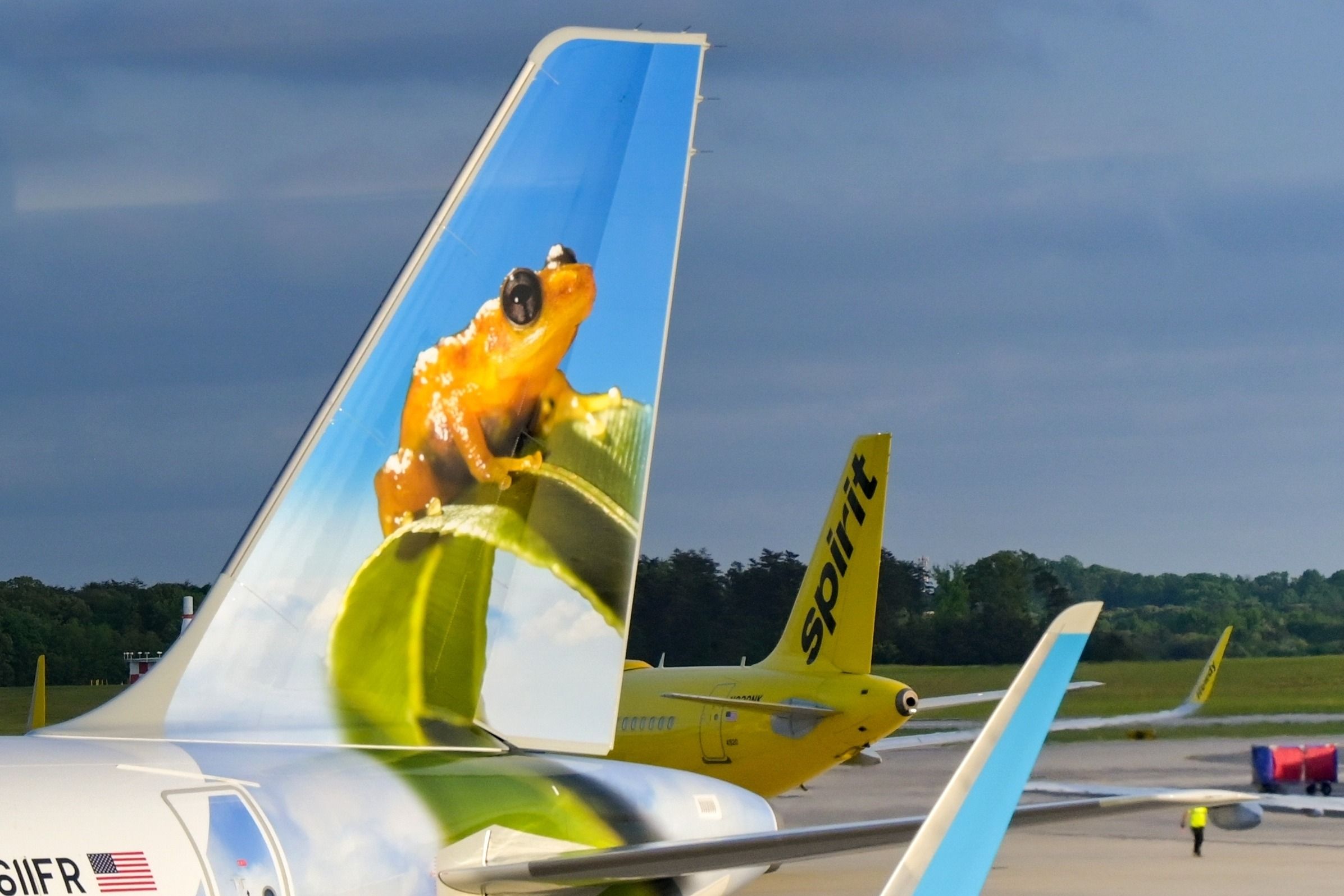
Breeze Airways’ CEO David Neeleman Expects Spirit & Frontier Airlines To Retry Merger
The two budget carriers called off their planned merger in 2022.


